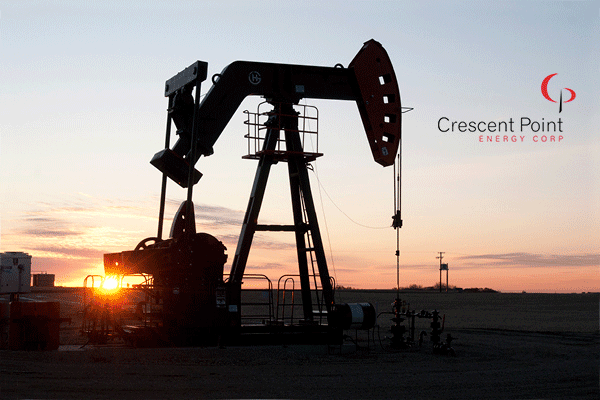by Avi Hooper, Invesco Canada
Senior Portfolio Manager Avi Hooper, from the Invesco Fixed Income (IFI) team, expects inflation to continue to be above target well into 2022. Find out why.
The sticker shock from visiting the local grocery store has been enough for even the most dovish central bankers to express concern about the not-so-transitory nature of the current pace of inflation.
The extraordinary shift in the economy towards goods consumption has created bottlenecks in shipping lines at a time of lingering trade frictions between the world’s two largest economies: China and the United States. We could see above target inflation linger well into 2022 because of pent-up consumer demand.
In reaction to the COVID-19 pandemic, both monetary and fiscal policies were exceptionally stimulative to support the economy. Not only did major central banks cut interest rates to almost zero, but they also increased their balance sheets with asset purchases. Broad money – the amount of money circulating in the economy – grew quickly driven by this powerful monetary policy, leading to rapid asset price appreciation.
The Bank of Canada began tapering its bond purchases earlier this year which helped to slow the amount of excess liquidity in the economy – supporting our view that Canadian inflation will not rise as quickly or for as long as U.S. inflation. The U.S. Federal Reserve has only just announced the tapering of its asset purchases. We believe broad money and subsequent inflation will remain elevated into the middle of 2022.
Markets are now anticipating rate hikes next year. There are signs that supply pressures are beginning to ease as automakers recently announced that production is back online and global shipping costs have been declining.
As economies continue to recover and global mobility rises, demand pull/cost push inflation is expected to keep inflation more elevated1. Given the uncertain central bank policy reaction, growth concerns should be rising globally.
1 Cost-push inflation is the decrease in the aggregate supply of goods and services stemming from an increase in the cost of production. An increase in the costs of raw materials or labour can contribute to cost-pull inflation.
Demand-pull inflation is the increase in aggregate demand, categorized by the four sections of the macroeconomy: households, business, governments, and foreign buyers. Demand-pull inflation can be caused by an expanding economy, increased government spending, or overseas growth. (Investopedia)
This post was first published at the official blog of Invesco Canada.















